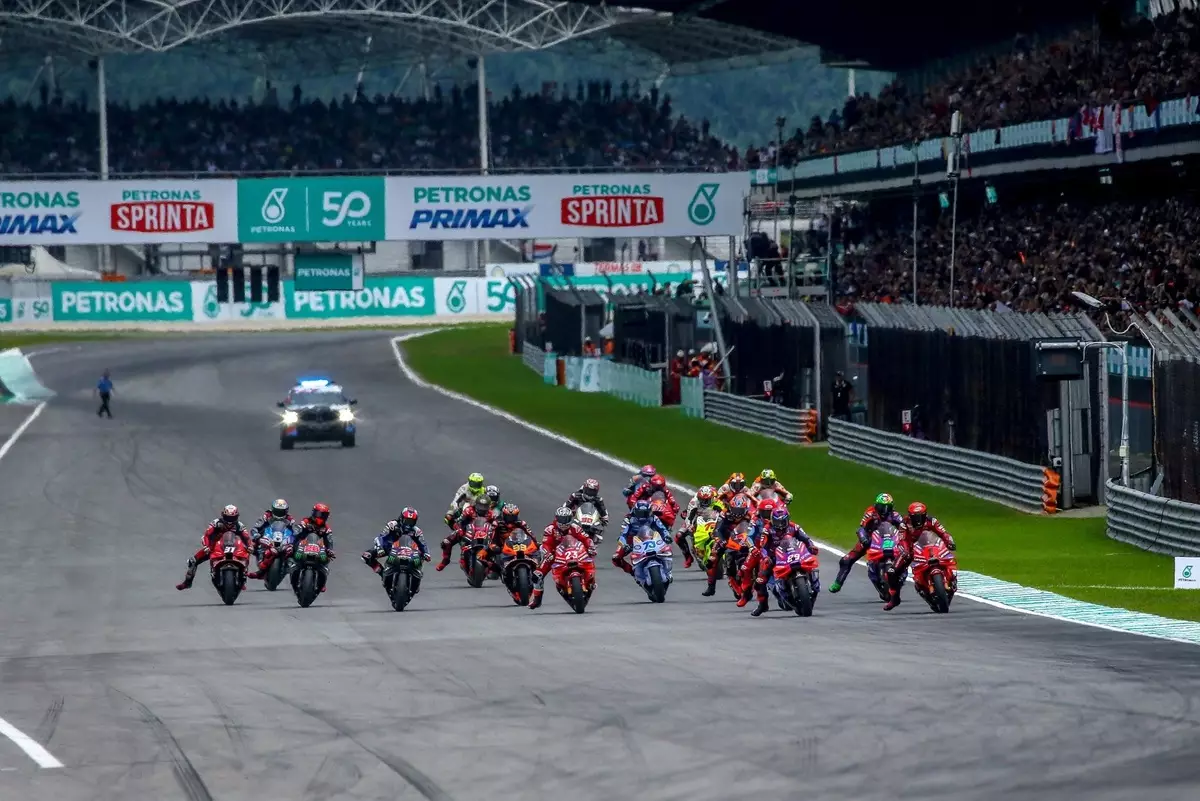The introduction of sprint races to the MotoGP calendar in 2023 has sparked widespread discussion about the format of race weekends and the implications for both teams and riders. While many have heralded the change as a positive evolution of the sport, some voices, such as former KTM team manager Francesco Guidotti, argue that the new schedule has complicated the traditional dynamics of qualifying. This article explores potential reforms in the context of the current sprint race structure, including the impacts on team strategy, media coverage, and rider performance.
With the implementation of sprint races, MotoGP has diverged from its long-standing weekend structure, which typically allowed teams and riders to prepare gradually for the main event on Sunday. The sprint format, now squeezed into a more compact timetable, has introduced a level of intensity that many see as both a boon for fan engagement and a source of strain for competitors. Guidotti’s perspective raises a critical question: has the excitement of the sprint races come at the cost of the integrity of qualifying?
The traditional role of qualifying has been to set the grid for the main race on Sunday, and in general, qualifying sessions have commanded a certain level of gravitas among teams and media alike. However, shifting the focus to a highly competitive sprint on Saturday has resulted in a dilution of the significance once bestowed upon qualifying. Teams are now faced with the challenge of a condensed timeline that demands they prepare for two crucial events (qualifying and the sprint race) in rapid succession, thus intensifying the pressure on both staff and riders.
Guidotti’s suggestion to combine qualifying results from both Friday afternoon and Saturday morning to establish the grid for the sprint race is a thought-provoking idea that merits consideration. Such a change would mitigate the stress associated with traditional qualifying sessions, which have become increasingly frantic and high-stakes. By allowing more time and data to inform the qualifying processes, teams could strategize better while simultaneously reducing the intensity of that Saturday scramble.
Moreover, using the outcomes from the sprint race to determine the starting positions of the main race could lead to enhanced racing dynamics. Riders would likely adopt a more calculated approach during the sprint, knowing that their results could culminate in better starting positions on race day. This could result in fewer reckless maneuvers, thus promoting more strategic riding and reducing the risk of accidents.
One striking observation by Guidotti is the media’s shifting focus from qualifying to sprint races. While qualifying used to be the centerpiece of the weekend, it is now often overshadowed by the sprint showdowns. This shift is telling of a larger trend within MotoGP: an increased emphasis on immediate gratification over deep-rooted competitive strategy. If the narrative in the paddock and the media is increasingly centering around the sprints, it diminishes the broader context of the racing weekend, potentially sidelining a vital component of the sport that has been celebrated for decades.
Furthermore, the performance of riders outside the top nine positions in the sprint race demonstrates another flaw in the current setup. If results from the sprint do not influence a rider’s starting position for the main race and performance metrics from positions lower than the top nine become irrelevant, riders are less incentivized to push their limits, which can lead to a lackluster experience for fans. This stratification could alienate skilled riders who aren’t consistently at the front of the pack, while also undermining the spectacle of competition that the series aims to promote.
The implementation of sprint races in MotoGP has sparked debate that transcends mere preferences for one format over another. The need to reevaluate the qualifying formats and the consequential interplay with sprint races is increasingly evident. By taking guidance from Guidotti’s thoughts and considering structural changes, MotoGP has an opportunity to refocus the strategic element of racing weekends while enhancing the engagement of both teams and audiences.
Moving forward, addressing the implications of the current format and making adjustments could not only preserve the heritage of qualifying but also nurture a more competitive and enjoyable environment within MotoGP. As the sport evolves, it is crucial to remain adaptable—continuously questioning established norms and seeking innovative ways to elevate the racing experience.

